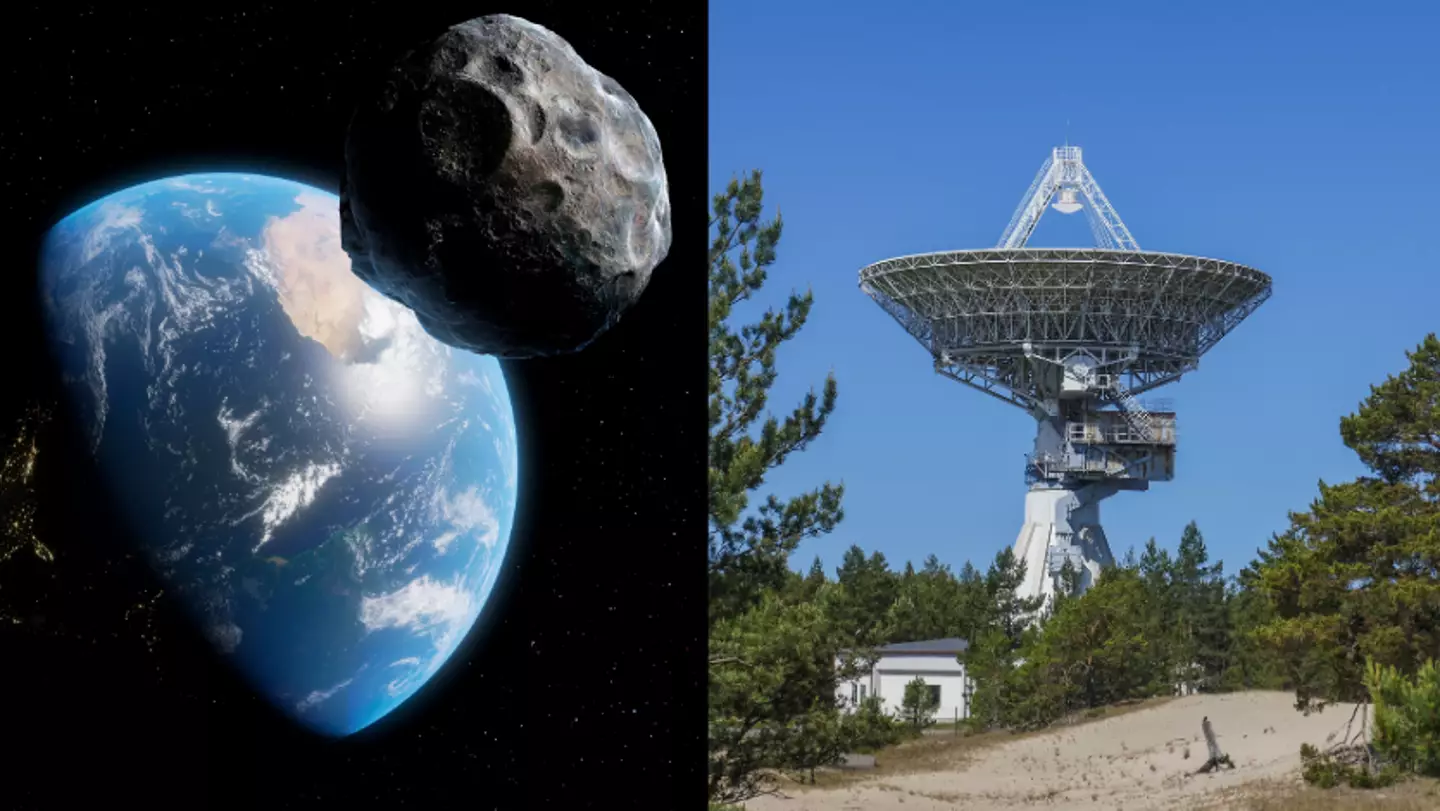
A 'hotel-sized' asteroid remained undetected until two days after it had zoomed past Earth.
Asteroid 2023 NT1 was first discovered on July 15 by the Asteroid Terrestrials-Impacts Last Alert System (ATLAS) observatory in South Africa.
Thankfully it wasn't headed directly for us because the observation came about 48 hours following its pass by our planet on July 13.
By the time it was detected, it had already zoomed past Earth at just a quarter of a distance between us and the Moon.
Advert
Like Chelyabinsk, the asteroid that blew out windows in Russia in 2013, this asteroid was hard to spot at first because it approached Earth from the direction of the sun.
In 2013, Chelyabinsk was not noticed by humans until it was breaking up over Russia.
It caused widespread damage to buildings and injured 1,500 people.
The Chelyabinsk meteoroid was around 20 metres long when it impacted the Earth's atmosphere and it is estimated that 2023 NT1 was three times the size.
Advert
So, yeah, it would have done some serious damage if it smacked into the planet.
According to Forbes, at 60 metres long it would be around the same size as a hotel like the George Washington in New York City or the Idaho State Capitol.
The European Space Agency estimates there could be a million asteroids in the same size range of 30 to 100 metres near Earth.
And 98.9 per cent of them are still undiscovered. Great, just great.
NASA is planning a mission called NEO Surveyor to try to fill the hole in the planetary protection systems by the end of the decade.
Advert
And the European Space Agency’s planned NEOMIR, which will orbit between the Sun and the Earth, is designed to work as an early warning system for asteroids.
That won't launch until 2030, so hopefully we don't get any nasty asteroids between now and then.
The good news is, now that 2023 NT1 has been detected, scientists have been able to catalogue and predict the asteroid’s movements, which means next time it heads towards Earth, they'll know about it.
Topics: News, World News, Space
